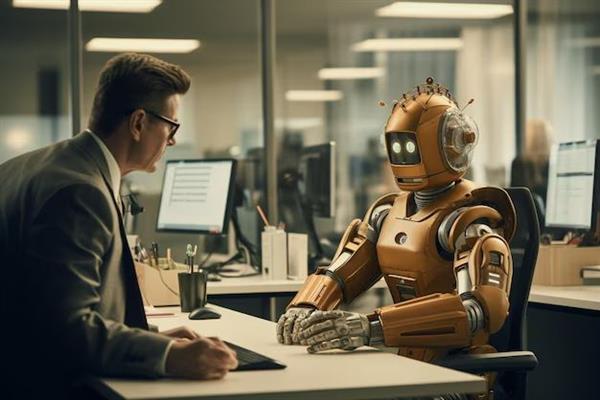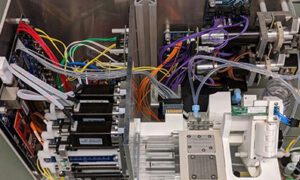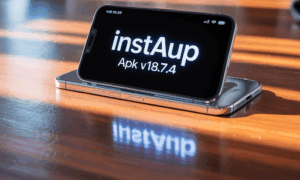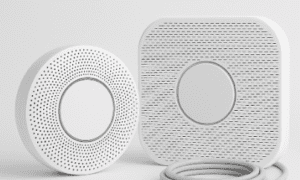Transitioning to a reduced workweek has several benefits for both people and organisations. In contrast to the idea that longer hours result in better performance, data shows that shorter work weeks might boost productivity. When people work fewer hours, they are able to concentrate better, operate more effectively, and prioritise critical activities. This focused effort frequently produces higher-quality work in less time.
However, while many businesses tout the benefits of the “short week,” it is not an easy aim to attain. The development of artificial intelligence is beginning to call into question the latter assertion. How come? AI at work is positioned to help make this a reality by automating repetitive operations, improving decision-making, and optimising workflows.
According to a new McKinsey & Company estimate, AI-powered automation might consume 50% of today’s labour activities by 2045. According to the research, in just 22 years, generative AI will be able to fully automate 50% of today’s job functions, including decision-making, management, and stakeholder engagement.
According to a management consultant report released on June 14, 75% of the value created by generative AI will come from customer service operations, marketing and sales, software engineering, and research and development.
Generative AI systems have the ability to automate labour processes that now consume 60-70% of people’ time, according to McKinsey estimates. This provides a tremendous potential to change how ordinary tasks are managed, freeing up staff to focus on more strategic and value-added operations.
Interestingly, the McKinsey research predicts that generative AI would have the “greatest impact” on high-wage professionals, those that apply a high level of “expertise” to their job, particularly in decision-making, management, and stakeholder engagement. This implies that AI will not only replace mundane work, but also supplement and improve human talents in complicated and strategic responsibilities.
Here’s how AI could cut the workweek:
1. Automating routine tasks
AI excels at tackling repetitive, tedious jobs that take up a considerable amount of people’ time. AI-powered systems may automate tasks like data input, scheduling, and answering basic customer care enquiries. This enables employees to focus on more difficult, creative, and value-added activities, lowering the overall time required to perform their tasks
For example, AI chatbots may conduct customer support conversations, freeing up human operators to handle more difficult issues. RPA can perform typical administrative operations like invoicing and payroll processing more efficiently and accurately.
2. Improved Decision-Making
AI can analyse large volumes of data fast and deliver insights for better decision-making. Machine learning algorithms can recognise patterns, anticipate trends, and offer suggestions, allowing managers and staff to make better educated choices faster. This can drastically minimise the time required for data analysis and plan formulation.
For example, AI-powered analytics may assist marketing teams in swiftly understanding client behaviour and preferences, allowing them to design campaigns more effectively and efficiently. Similarly, AI can help with financial planning by generating accurate projections and risk assessments.
3. Optimising Workflows
AI may help simplify and optimise procedures by identifying bottlenecks and offering solutions. Workflow automation systems driven by AI can help you organise work, manage deadlines, and allocate resources efficiently. This results in speedier project completion timeframes and less need for overtime or extended work hours.
In manufacturing, AI can optimise production schedules and maintenance procedures, reducing downtime and increasing productivity. AI solutions can help project teams stay on track by automatically changing schedules and resource allocation based on real-time data.
4. Enabling remote work and flexibility.
AI-powered technologies can help remote workers by improving communication and cooperation. Virtual assistants can arrange meetings, manage emails, and organise projects, making remote workers more productive. AI-powered collaboration systems can enable seamless teaming regardless of geography, making it easier to adopt flexible work schedules.
AI enables remote work, allowing people to save time commuting and better manage their personal and professional duties. This flexibility can lead to a shorter work week while retaining productivity.
5. Personalised Learning and Development
AI can personalise training and development programs, ensuring that staff learn the skills they need quickly. AI-powered learning platforms may evaluate an individual’s strengths and shortcomings, offer specific training modules, and monitor progress. This personalised strategy speeds up skill learning, reduces training time, and boosts employee productivity.
For example, AI may identify particular areas of improvement for an employee and recommend related courses or resources, allowing them to swiftly upskill and apply new knowledge to their work.
6. Reducing errors and rework
AI systems may drastically minimize mistakes and rework by improving task accuracy and consistency. In industries such as banking, healthcare, and manufacturing, AI can detect anomalies, avoid mistakes, and maintain quality control, resulting in more efficient procedures and less time spent correcting errors.
For example, in healthcare, AI can help to diagnose illnesses more correctly, decreasing the need for many tests and consultations. In banking, AI can detect fraudulent transactions in real time, avoiding costly mistakes and saving time on investigations.
Conclusion
As more organizations adopt general purpose AI tools for all, the workplace is evolving into a space where technology supports, not replaces, human intelligence. By strategically integrating AI into everyday workflows, companies can unlock more time for creativity, collaboration, and high-impact work. The future of work isn’t about doing more—it’s about working smarter. And with AI, that future is already here.



































